While sustainability grows more essential, the bioplastic elastomers can be easily considered as a major innovation in the material sciences. This article aims at pointing out what bioplastic elastomers are, their types and uses.
1. What Is a Bioplastic Elastomer?
The bioplastic elastomers are materials that feature the characteristics of high-elasticity elastomers combined with environmental friendliness of bioplastics. They originate from renewable biomass feedstocks and are developed to exhibit superior eco-performance over the traditional petroleum-based elastomers.
Read more: What are bioplastics made from? Materials to make bioplastics

Bioplastic elastomers are materials that merge high elasticity of elastomers with eco-friendly bioplastics.
2. All Types Of Bioplastic Elastomers
2.1. Bio Thermoplastic Polyurethanes (Bio TPUs)
Bio TPUs are versatile types of bioplastic elastomers characterized by their mechanical elasticity, friability and abrasive resistance. These materials can be synthesized from bio based polyols obtained from renewable resourcesl thus making them more sustainable than the traditional TPUs.
Furthermore, Bio TPU’s performance and advantages offer similar or better performance than standard petroleum based TPU and might range from 82 Shore A to 55 Shore D.
The characteristics of both rubber elasticity and thermoplasticity that Bio TPUs exhibit make them easier to form and process in required shapes during production.
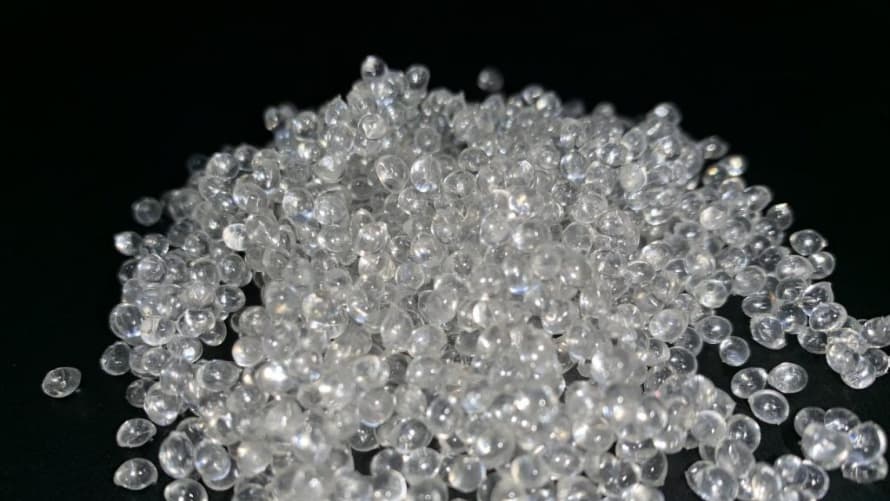
TPUs are adaptable bioplastic elastomer kinds.
2.2. Bio thermoplastic Copolyester Elastomers (Bio TPCs)
Bio thermoplastic copolymer elastomers often refer to Bio TPCs, which are recognized owing to their eligibility for differing uses due to their flexibility and chemical incompatibility. Bio TPCs are synthesized from bio-based diols and dicarboxylic acids making them completely different from ordinary elastomers.
They possess very good mechanical properties including tensile strength and elongation at break, thereby, they can offer the ability to work in a variety of environments. Bio TPCs are applied in industries that need materials with both rubber-like performance characteristics as well as processability.
2.3. Bio-based Thermoplastic polyester elastomers (Bio-based TPEEs)
Bio-based elastomer TPEEs are a class of materials that possess both rubber-like elasticity and thermoplastic resin processability. Composed of soft segments of polyether or polyester, and hard segments of isocyanates, bio-based TPEEs in their general usage provide flexibility, heat stability, and chemical and abrasion integrity. These characteristics make bio-based TPEEs appropriate for use for automotive parts, medical applications and consumer products and as functional biopolymers.
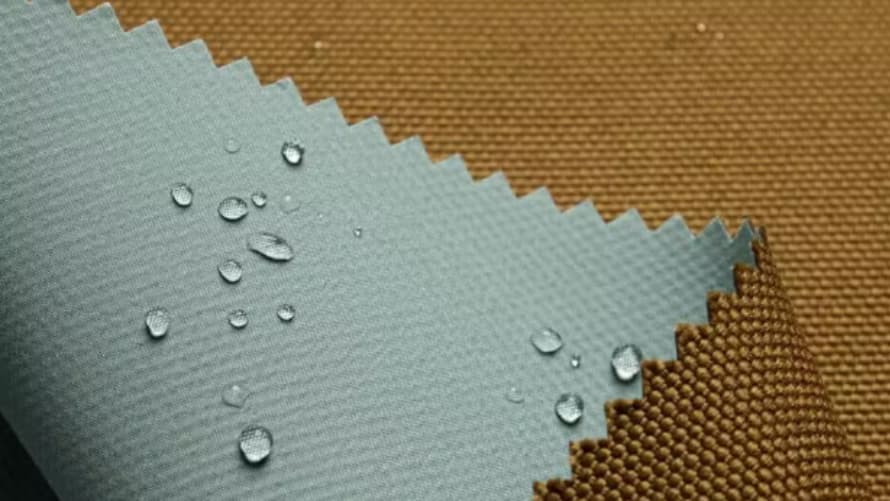
TPEEs are an additional kind of bioplastic elastomer.
2.4. Bio-based thermoplastic polyamide elastomers (Bio-based TPAEs)
Bio-based thermoplastic polyamide elastomers (Bio-based TPAEs) are other types of bioplastic elastomers based on the polyamide (nylon in regular usage) segments. This leads to the final products attaining rubber like failure strain and mechanical properties.
Bio-based TPAEs have such unique attributes as excellent abrasion and high temperature resistance as well as chemical resistance that qualify them for severe service conditions. Some of the most frequent uses are in car manufacturing, production of machines, and consumer products.
2.5. Starch-Based Elastomers
Starch-based elastomers are created from natural starchy materials and are able to be improved to improve their elasticity.
These are generally synthesized by the incorporation of starch with other biodegradable polymers for enhancing their mechanical properties as well as process ability. Starch based elastomers are more prized for their biodegradability as they can be composed and made from renewable resources.
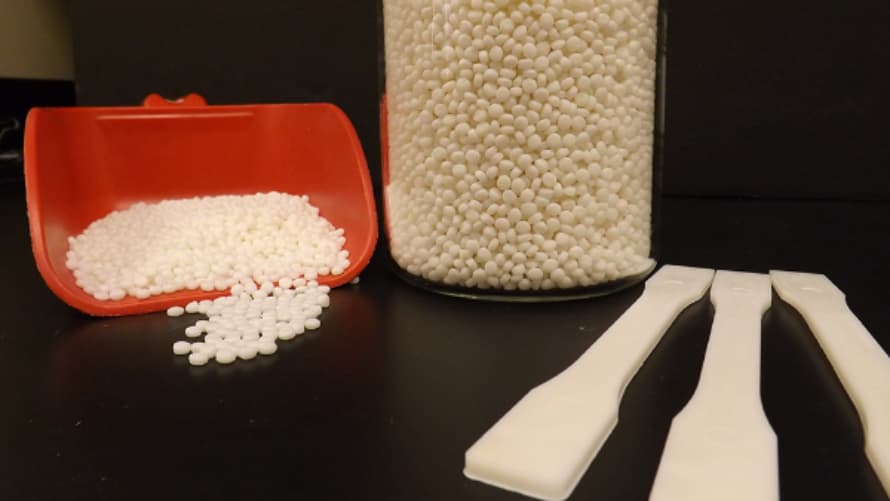
Other kinds of bioplastic elastomers are starch-based elastomers.
3. Key Applications Of Bioplastic Elastomers
An increased interest has been observed in the application of various bioplastic elastomers in numerous industries because of their versatility, effectiveness and environmental friendliness. Here are some of the key applications where these materials are making a significant impact:
3.1. Automotive Industry
The application of bioplastic elastomers is on the rise in car manufacturers and is used for parts such as sealing, gasket and interior solutions. Due to their long life, ease at forming, and all-weather features they are well suited to application in use requiring high performance. Furthermore, the improved environmental sensitivity conforms to the regulation policies as well as consumer preferences for eco-friendly vehicles.

Bioplastic elastomers are used in automotive parts.
3.2. Medical Devices
In the medical industry, bioplastic elastomers provide biocompatibility coupled with excellent elasticity particularly in uses such as catheters, wound care and drug delivery. That they can be sterilized and are chemical resistant also adds to their applicability to the use in healthcare facilities where safety and functionality are of great importance.
3.3. Consumer Goods
Starting from shoes to home use products, the use of bioplastic elastomers has been realized in basic customer goods. These properties make it possible to create products with unique design for such consumer products as phone cases, kitchen utensils and sporting equipment. With the ongoing change of consciousness among the members of the society to go green, the market for sustainable consumer goods is on the rise.

Bioplastic elastomers find their application in phone cases.
3.4. Packaging
Bioplastic elastomers are being brought up quite often in discussions about new packaging materials and especially about flexible packaging. Their biodegradability and the fact that they can be made from renewable resources make them appealing to makers of plastic products seeking to cut on the amount of plastic waste produced. Examples of Common Applications are take-out containers, carry home bags, and protective covers.
3.5. Agricultural Applications
In agriculture, bioplastic elastomers are used for biodegradable films and coatings for crops to spur faster growth and/or even replace hazards plastic films/covers in the environment. These materials may be further used in mulch films, seed coatings, and other related uses whereby there is need of a material that is strong yet ecologically acceptable.
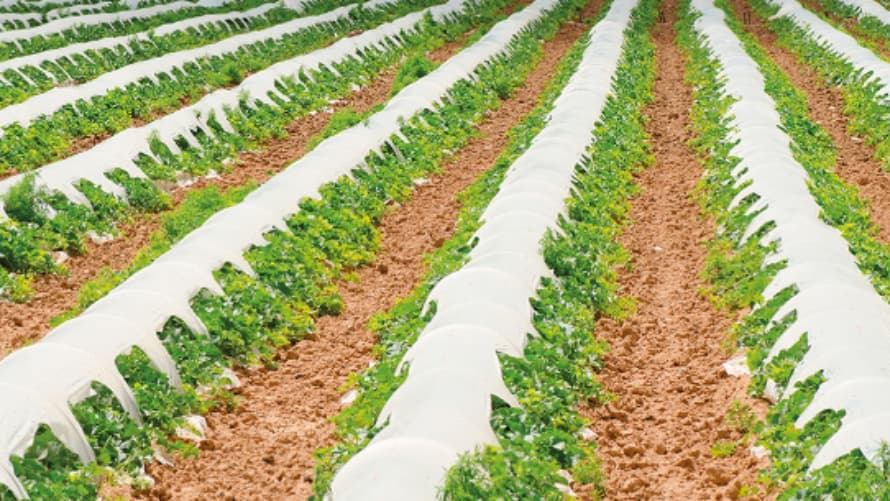
Mulch film from bioplastic elastomers.
3.6. Electronics
The electrics industry is using bioplastic elastomers for their ability to act as insulating materials and for their flexibility. Use in casing for devices, connectors, and other parts that can take advantage of a light-weight material yet does not harm the performance of the material. With the growing need for environment friendly electronics, bioplastic elastomers make a perfect solution.
3.7. Sporting Goods
From protective gear to flexible components in athletic equipment, bioplastic elastomers are being utilized in the sporting goods sector. Their ability to withstand stress while providing comfort makes them suitable for items like shoe soles, padding, and various sports accessories.
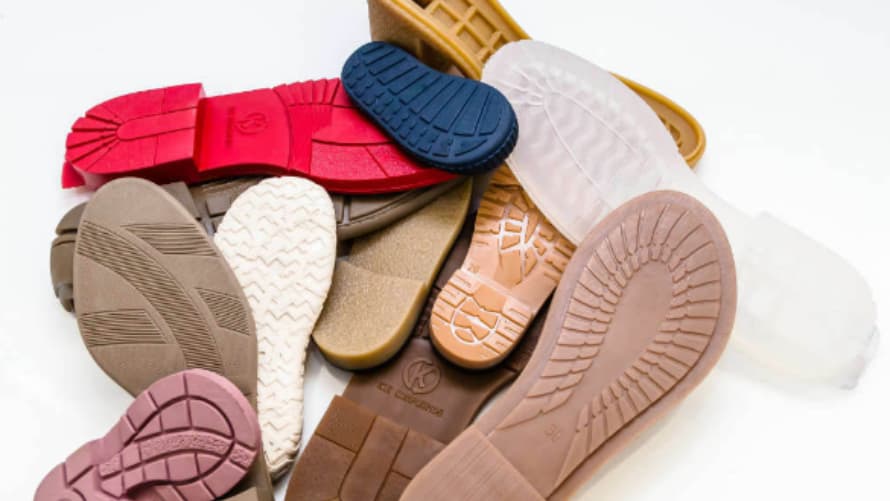
Shoe soles made by bioplastic elastomers
4. Comparing Bioplastic Elastomer With Other Bioplastics
As the demand for sustainable materials grows, various bioplastics have emerged, each with distinct properties and applications. Understanding how bioplastic elastomers compare to other bioplastics is essential for making informed choices in material selection. Here’s a breakdown of key differences and similarities:
| |
Bioplastic Elastomers |
Other Bioplastics |
| Flexibility and elasticity |
Known for their exceptional flexibility and elasticity, bioplastic elastomers can stretch and return to their original shape, making them ideal for applications requiring high performance under stress. |
Many other bioplastics, such as polylactic acid (PLA) and polyhydroxyalkanoates (PHAs), tend to be more rigid. While they can be formulated to have some flexibility, they generally do not match the stretchability of bioplastic elastomers. |
| Biodegradability |
Some bioplastic elastomers are fully biodegradable, breaking down in various environments. However, not all elastomers share this characteristic, and some may require specific conditions for degradation. |
Many bioplastics, such as PLA, are also biodegradable but may not decompose as easily in natural environments. They often require industrial composting facilities to break down efficiently. |
| Production sources |
These materials can be derived from renewable resources, such as plant oils or through microbial fermentation. This aligns with the increasing emphasis on using sustainable feedstocks in manufacturing. |
Similar to elastomers, many bioplastics are produced from renewable resources. For example, PLA is made from fermented plant starch, primarily corn or sugarcane. |
| Mechanical properties |
They offer superior mechanical properties, including high tensile strength and impact resistance. |
While some bioplastics like PHA can offer good mechanical properties, they may not match the durability and flexibility of bioplastic elastomers. Rigid bioplastics like PLA are often more brittle, limiting their use in applications requiring toughness. |
| Processing techniques |
These materials can be processed using standard thermoplastic methods, such as injection molding and extrusion, allowing for ease of manufacturing and shaping. |
Similar processing techniques can be applied to other bioplastics, though some may require specific conditions. For example, PLA may need careful temperature control during processing to avoid degradation. |
5. Conclusion
Bioplastic elastomers represent a significant advancement in sustainable materials, offering the performance characteristics of traditional elastomers while minimizing environmental impact. As industries continue to seek eco-friendly alternatives, bioplastic elastomers stand out as a viable solution that meets both functional and sustainability demands.
6. About EuroPlas
Europlas is a world-leading manufacturer in the plastics industry, renowned for producing and distributing high-quality plastic products and innovative solutions. Our bioplastic compound represents a sustainable material choice, which offers the following features:
- Biodegradable within 12 months after use
- Outstanding mechanical properties
- Full functions in one material
- Tailor-made based on end-products' requirements
Contact us now for more support!